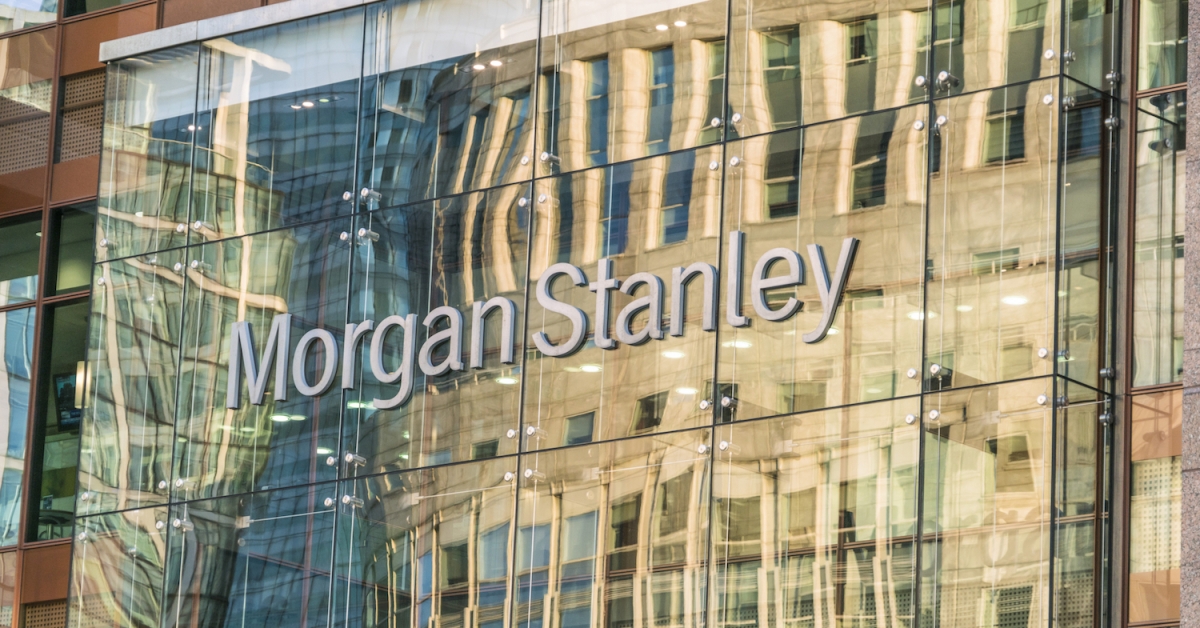First Mover: Twelve-Fold Gains for Aave’s LEND Token Might Be More Than DeFi Hype
(Library of Congress, Prints & Photographs Division, [reproduction number, e.g., LC-B2-1234])
First Mover: Twelve-Fold Gains for Aave’s LEND Token Might Be More Than DeFi Hype
There’s one thing that all investors like: doubling, tripling, or even quadrupling their money. How about a 12-fold increase?
That’s what traders have reaped this year from the decentralized lender Aave’s LEND token, up about 1,200% on a year-to-date basis.
You’re reading First Mover, CoinDesk’s daily markets newsletter. Assembled by the CoinDesk Markets Team, First Mover starts your day with the most up-to-date sentiment around crypto markets, which of course never close, putting in context every wild swing in bitcoin and more. We follow the money so you don’t have to. You can subscribe here.
Other tokens from the realm of decentralized finance, known as DeFi, are up by triple-digit percentages, including Synthetix’s SNX, Thorchain’s RUNE and Kyber’s KNC. Bitcoin, the biggest cryptocurrency by market capitalization, is up just 28%.
It would be easy to write off such outsize gains as just another example of the speculative hype of cryptocurrency markets, where big price swings are common. But in the case of the LEND token, the price rise may have been fueled by an increase in actual usage.
Some $158 million of value have been deposited as collateral in Aave’s lending protocol, just six months after the project went live in January. By comparison, Compound, another decentralized lender, had just $27 million in its protocol at its six-month mark in March 2019. Compound has since gone on to increase the figure, known as total value locked, by 25-fold to $684 million, to become the largest lending protocol, according to DeFi Pulse, which tracks the industry.
“The main reason I suspect LEND has received so much attention is simply because, after launching the mainnet early this year, usage on Aave has grown incredibly fast,” Jack Purdy, an analyst with digital-asset research firm Messari, told First Mover in an email.

Last week, Aave rolled out a new feature, “credit delegation,” which effectively allows users to set up credit lines that could then be drawn down by other users, in a form of peer-to-peer lending. Under the program, investors can deposit stablecoins – digital tokens backed by U.S. dollars or other government currencies – and then delegate the right to borrow against that collateral to another user.
The delegator can set terms of the loans, such as interest rates and amount of capital that can be drawn. Since the ultimate borrower isn’t posting collateral via the platform, the delegator is bearing most of the risk, and might be able to charge higher interest rates.
“Aave’s introduction of credit delegation is groundbreaking,” Su Zhu, CEO of the Singapore-based digital-asset fund Three Arrows Capital, told First Mover in a Telegram message.
Aave CEO Stani Kulechov told First Mover in a Discord chat that the “market capitalization of LEND has been following mostly our protocol growth.”
“Most of the traction comes due to our wide asset selection that you can use as collateral and the ability to borrow flash loans without collateral, which has become a popular tool,” Kulechov wrote.
In a Tweet last week, Kulechov wrote that credit delegation could help push DeFi into “financial debt markets worldwide,” making it a “liquidity backbone.” Borrowers could be cryptocurrency exchanges, market makers, lenders, institutions, businesses, non-governmental organizations or governments, he wrote.

Not that LEND isn’t benefiting from speculation at all: Some traders might be extrapolating how Aave’s usage might increase going forward, giving the token’s price an additional lift.
Aave is positioned squarely within the fast-growing DeFi industry, and some industry executives that these autonomous or semi-autonomous systems could ultimately challenge or displace banks, brokerage firms, insurance companies and money managers.
“Overcollateralized lending is capital inefficient, and uncollateralized lending has been one of key missing pieces to DeFi lending,” Messari analysts noted in a July 7 blog post. “Assuming it works, it has the potential to significantly scale DeFi lending.”
Tweet of the day
Bitcoin watch
BTC: Price: $9,280 (BPI) | 24-Hr High: $9,349 | 24-Hr Low: $9,170

Trend: Bitcoin jumped 2.53% in the seven days to July 12, snapping a four-week losing streak, which was the longest since November 2019.
The weekly gain confirmed a bullish breakout from a period of indecision signaled by the preceding week’s doji candle. As such, one may expect the cryptocurrency to challenge resistance at $9,920. That level is currently housing a trendline connecting the December 2017 and June 2019 highs.
The daily chart MACD histogram, an indicator used to gauge trend strength and trend changes, is supporting the bullish case with an above-zero reading.
Options traders, too, are anticipating a bullish move, and look to be buying call options or bullish bets, as suggested by the negative one-month put-call skew. The three-month and six-month skews are also hovering below zero, according to Skew, a crypto derivatives research firm. The metrics indicate that calls are in greater demand that puts, or bearish bets.
The bullish case, however, would weaken if the cryptocurrency finds acceptance below $8,905, the low seen in the first week of July. Acceptance under that level would shift the focus to the 50-week moving average at $8,599.
At press time, bitcoin is trading largely unchanged on the day at $9,280.

Disclosure
The leader in blockchain news, CoinDesk is a media outlet that strives for the highest journalistic standards and abides by a strict set of editorial policies. CoinDesk is an independent operating subsidiary of Digital Currency Group, which invests in cryptocurrencies and blockchain startups.









